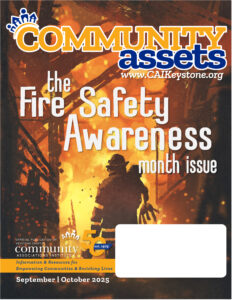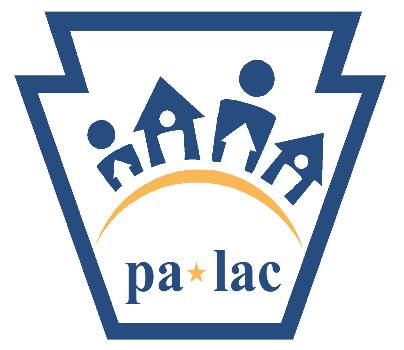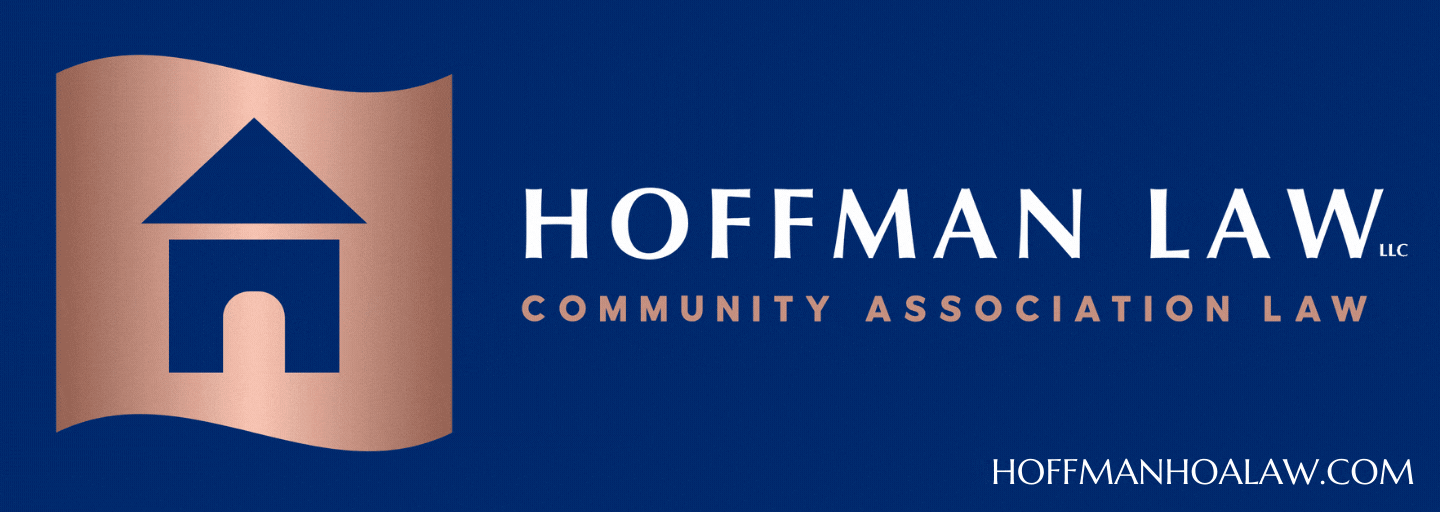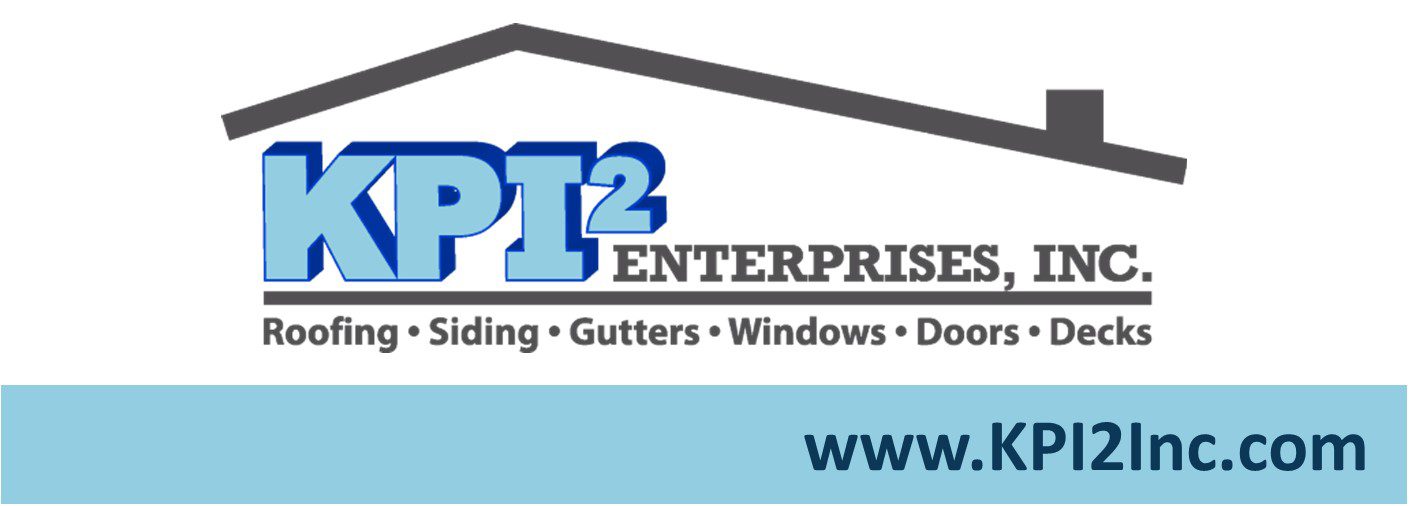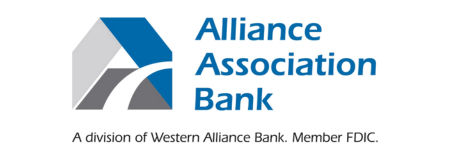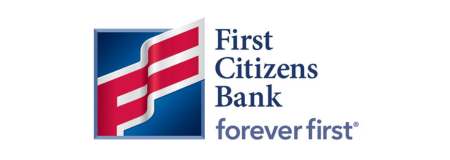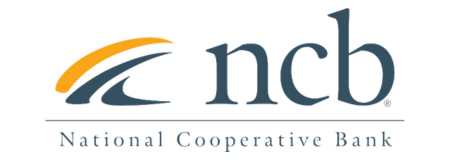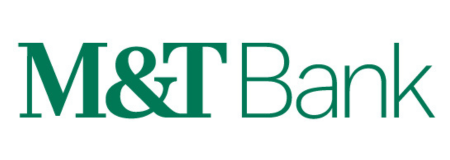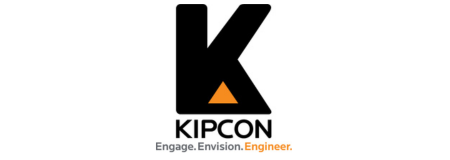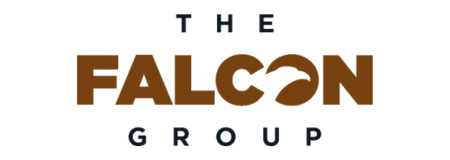SPONSORED CONTENT
In the preparation of this article Chat GPT-4 has been used as a reference.
By Mitchell H. Frumkin, PE, RS
President Kipcon Inc.
Chair CAI National Condominium Safety, Public Policy Task Force
The tragic collapse of the Champlain Towers Condominium in Surfside, Florida in 2021 not only devastated families and communities but has also sent shockwaves throughout the condominium industry. In the aftermath of this disaster, the Community Associations Institute (CAI) immediately convened a task force which developed the Condominium Safety Public Policy Report, Reserve Studies and Funding, Maintenance and Structural Integrity2 and is currently being used legislatively across the country.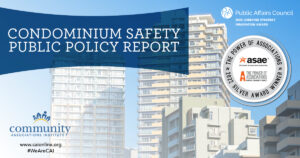
This tragedy has also resulted in increased banking and insurance mandates that prioritize the safety and long-term viability of multi-unit residential buildings.
Legislative Measures:
Post-collapse, several states, starting with Florida, introduced stricter legislative requirements based on this public policy report. This has also been used in New Jersey as a basis for the pending legislative structural integrity bill, S – 2760 as well as the recently adopted structural integrity legislation in New Castle Delaware. One of the most impactful mandates has been the requirement for regular structural and in some cases façade inspections. Before the incident, inspections varied based on jurisdiction and often focused on outward appearances with requirements for façade inspections rather than structural integrity inspections. Now, many jurisdictions mandate that professional engineers conduct in-depth assessments, especially for buildings of certain material types such as reinforced concrete and structural steel. These inspections must evaluate the primary load bearing system of a building, ensuring that issues like concrete spalling, steel corrosion, or other signs of structural distress are promptly identified and addressed.
Additionally, there’s a renewed emphasis on transparency. Condominium boards are now often required to share inspection results with all unit owners ensuring that residents are aware of the structural health of their building. In addition, the requirement of a unit owner vote prior to obtaining loans or instituting special assessments for structural repairs should be overridden based on the public policy report recommendations.
Banking and Financing Implications:
The banking sector has responded by adopting more rigorous lending criteria for condominium purchases. Financial institutions such as Fannie Mae and Freddie Mac are now more cautious, often requiring evidence of recent structural inspections and ensuring that condo associations maintain an adequate reserve fund before approving loans. This shift ensures that potential buyers are protected from investing in properties that may have hidden structural issues and that associations have the means to address any identified problems.
Insurance Changes:
Similarly, the insurance industry has made significant adjustments. Insurers have also begun to require structural inspections before providing coverage. Premiums have risen for older buildings or those with known structural concerns, reflecting the increased risk. Furthermore, many insurance companies now mandate that condominium associations implement and adhere to rigorous preventive maintenance schedules as a prerequisite for coverage.
The Importance of Reserve Studies:
Another crucial development post-collapse has been the emphasis on reserve studies. A reserve study evaluates the current condition of a condominium’s common elements and projects when these elements will need repair or replacement. With the new regulations in place, many condominiums are now required to conduct reserve studies on a regular basis and to also fund reserves commensurate with a professionally prepared reserve study.
Conclusion:
The collapse of the Champlain Towers was a harrowing reminder of the importance of diligence, transparency, and proactivity in the maintenance and management of multi-unit residential buildings. CAI has taken a proactive lead with the implementation of a number of initiatives include a revamp of the Reserve Study Standards to reflect both ongoing maintenance and structural integrity inspections. In addition, CAI has recently released a Best Practices Report on Maintenance to reflect the need for maintenance which also results in life cycle cost savings if a proactive preventive maintenance plan is implemented.
For more information on Kipcon, Inc., please visit them online at kipconengineering.com. Contact Mitch Frumkin via email.
